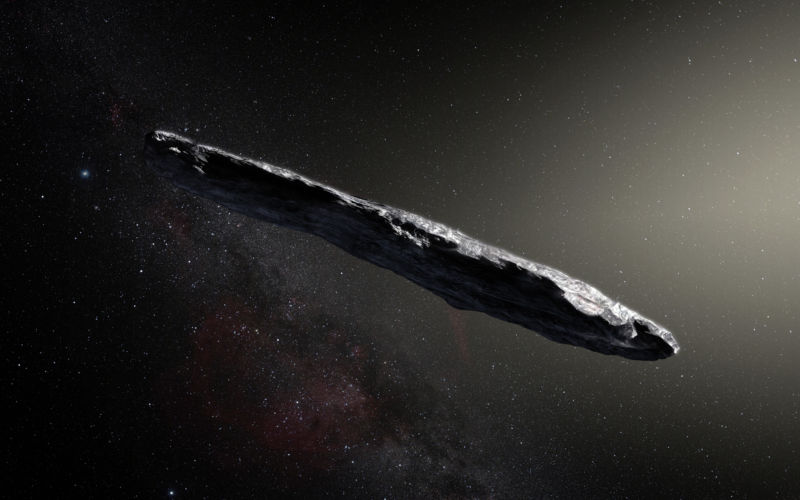It would come from the constellation of Lyra. Perhaps he was ejected from the Vega system, the fifth brightest star in the sky, 25 light years from us. Its speed of 100 000 km / h is enough to break free from the gravitational pull of our star , and its trajectory is hyperbolic (it does not turn around the sun).
According to astronomers' calculations, it has been 10000 years since the stone traveled in our solar system. It will take him about as much time to leave it.
http://orbitsimulator.com/gravitySimulatorCloud/simulations/1508916436979_C2017U1.html ------------- http://www.minorplanetcenter.net/mpec/K17/K17UI3.html
According to astronomers' calculations, it has been 10000 years since the stone traveled in our solar system. It will take him about as much time to leave it.
http://orbitsimulator.com/gravitySimulatorCloud/simulations/1508916436979_C2017U1.html ------------- http://www.minorplanetcenter.net/mpec/K17/K17UI3.html

